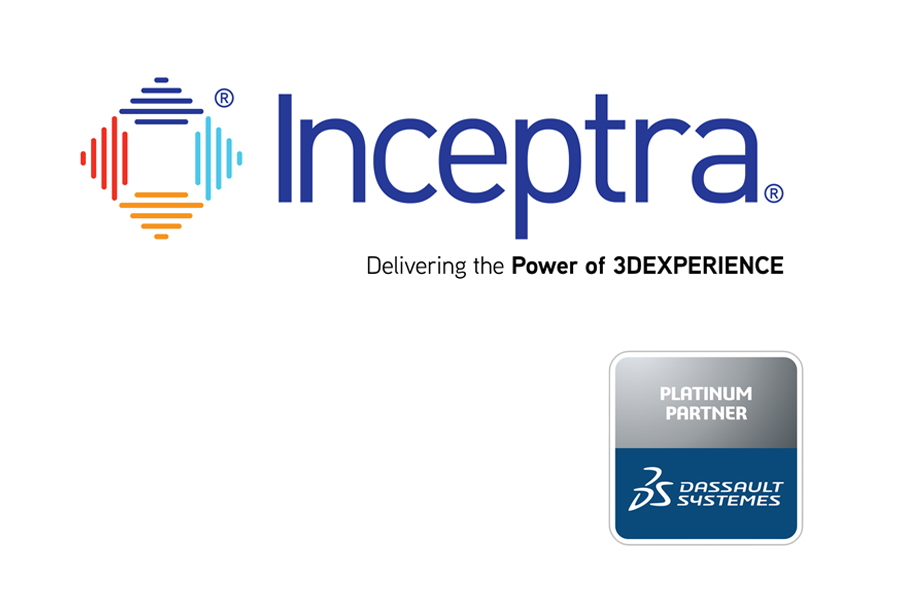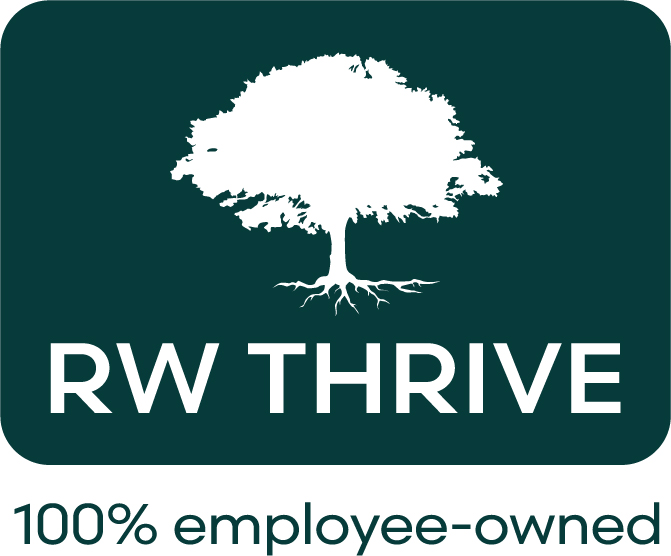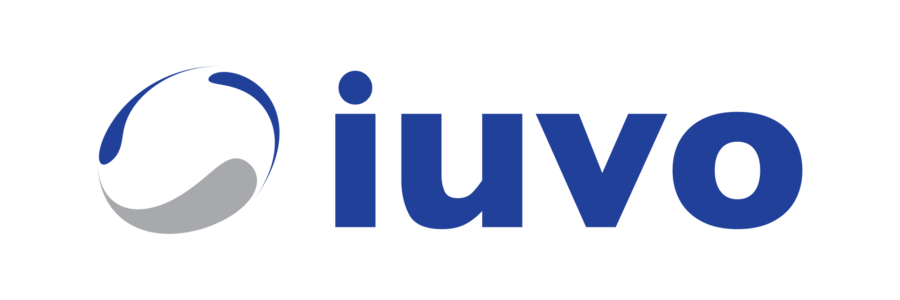Big data is a collection of a large amount of data that can be enriched by contextualizing. Of all the additional data, the location is the most easily available one. This is technically known as Big GEOdata. What does this data offer and what is the best way to exploit it through the mapping process?
When browsing on a computer or smartphone, a user can leave a lot of personal data (fingerprint) such as age, sex, profession and, most importantly, their current location. Data about the user’s location can be transmitted even without their knowledge. says Grégory Labrousse, a French businessman specialized in the Tech industry. He founded his last company, nam.R, in order to act in favor of energy transition.
‘Integrated’ mobile applications in the phone or even the same smartphone require you to enable the sharing of the location in settings to work properly.
A study conducted by ‘Mobilitics’ in 2016, CNIL revealed that in the 6 tested smartphones for 3 months, 30% of the applications used had access to geolocation data and that applications such as Facebook and Play Store, recorded the location of the device from once per minute to 10 times per minute.
Location is the most important data and is likely to gain greater notoriety in the future with the proliferation of IoT-related services. “Location is a resource that has been wasted for years, thinking that its only use was only to report on a position without thinking about all the benefits it could offer. This is no longer the case” says Grégory Labrousse, founder and CEO of nam.R.
This data revolution has led to the emergence of new service models that are based entirely on knowledge of geodata. For example, logistics and delivery, transport (VTC) and dating services (applications that locate people who are at a distance from you).
Mapping as a means to better exploit the data
The most “natural” way to communicate any location is by making your map, which is, “Mapping”.
This tool is a mean of visualizing and, therefore, of learning a volume of data that would otherwise be incomprehensible to the human mind. Not only provides an ample data, but also helps make predictions.
By combining mapping and data processing, data management actors can develop tools that help in the decision making.
Some companies, such as Netflix, have internalized the focus of their data visualization tool. All employees of this company manage their activity with the help of data derived from the visualization data the technical services, such as the monitoring of network quality and accidents, are also carried out with the help of data designs and programs . To select the actor and principal director of the series ‘House of Cards’, the company was guided by the data that showed the preferences of the viewers of the original British series.
This has turned out to be a profitable strategy for this highly successful international company and, thanks to its innovations and use of the big geodata, they manage to renew 80% of its original series into a second season.
Mapping works better with small data?
Mapping can also derive information from small data. Therefore, a predictive analytics specialist shares in an article the 3 lessons he learned while mapping data on droughts in the United States.
1. The first lesson is that by using small data, which in this case is the rain survey for a week (instead of considering the data for a whole year), the map shows understandable information in an instant, a legible ‘image’.
2. The second discussed map showed the drought data for the same week in 2015 and 2016. The areas that were affected by the drought during these two consecutive years obviously verlapped, but also clearly showed that the other areas were affected by the climatic changes. Simply consulting the statistical data would not allow us to understand the movements of droughts from year-overyear.
3. The third map revealed that the drought also affects cities in areas that are usually safe. This data highlights a more important issue: climatic conditions and patterns of natural resources are changing throughout the country and this requires action to preserve nature.
Learn more about nam.R and Grégory Labrousse, follow them!
Company website: https://www.namr.com
Twitter : @G_Labrousse / @namr_france
LinkedIn : @nam.R
Facebook : https://www.facebook.com/namr.fr/
Youtube : nam.R France





